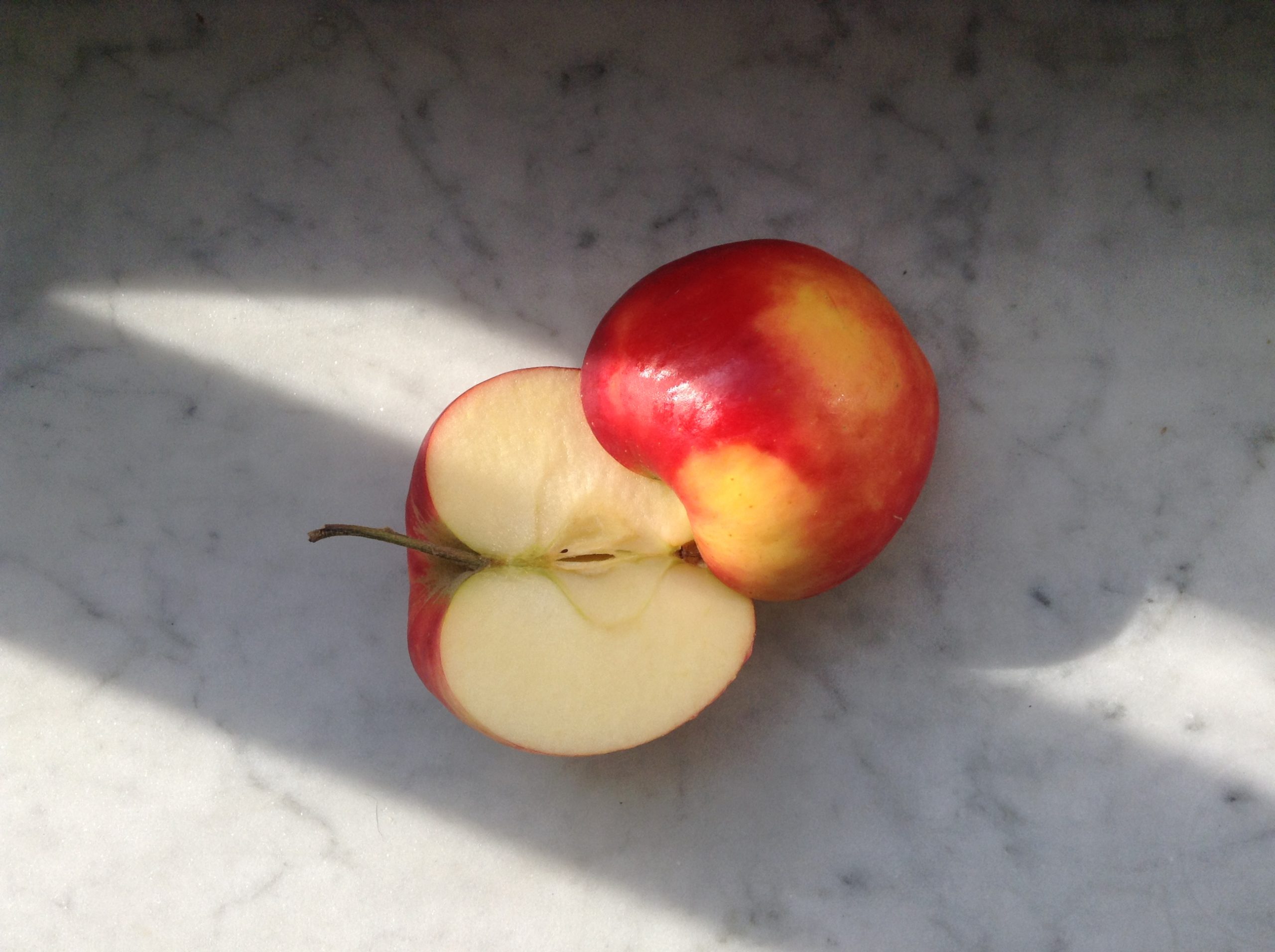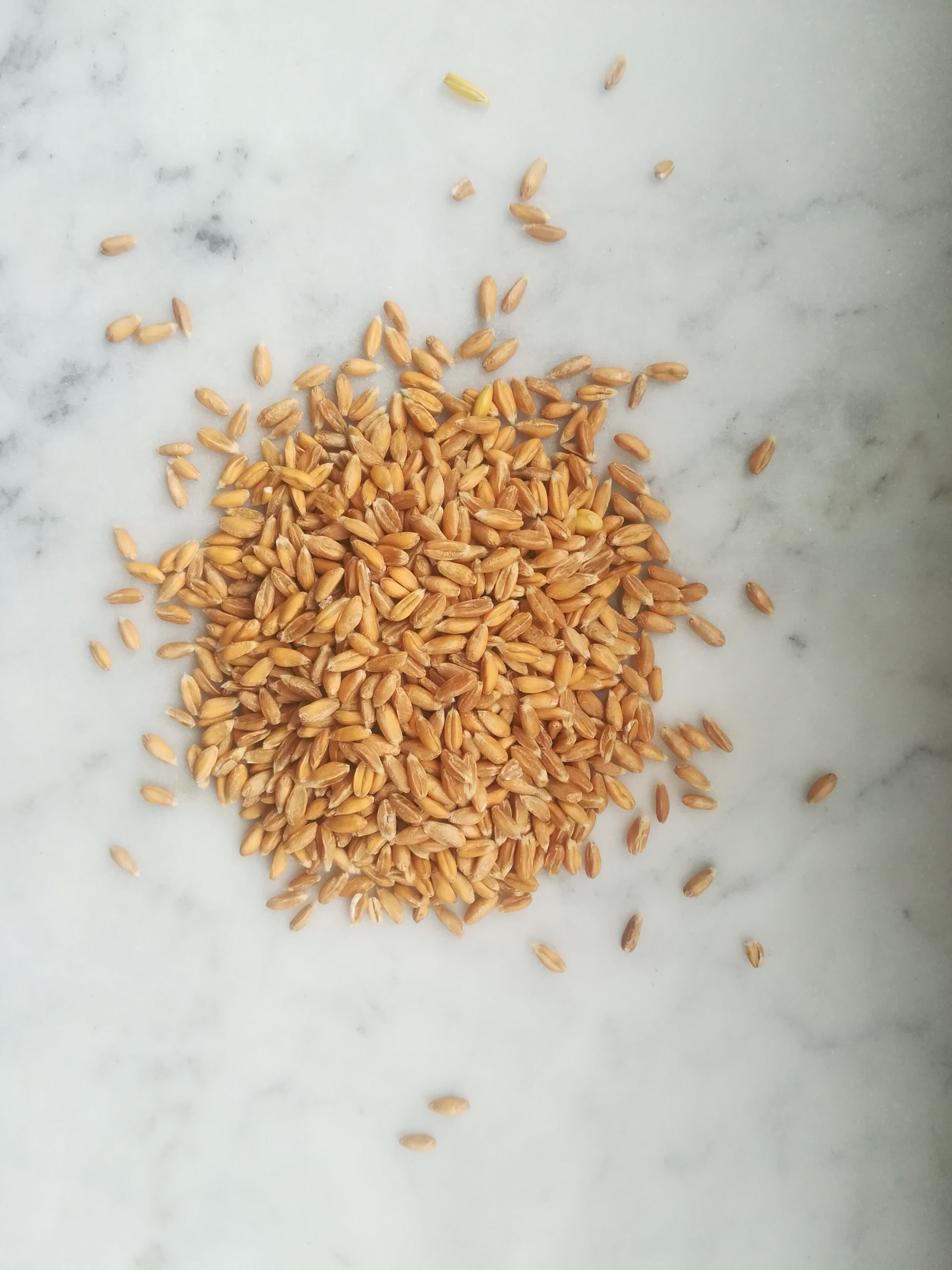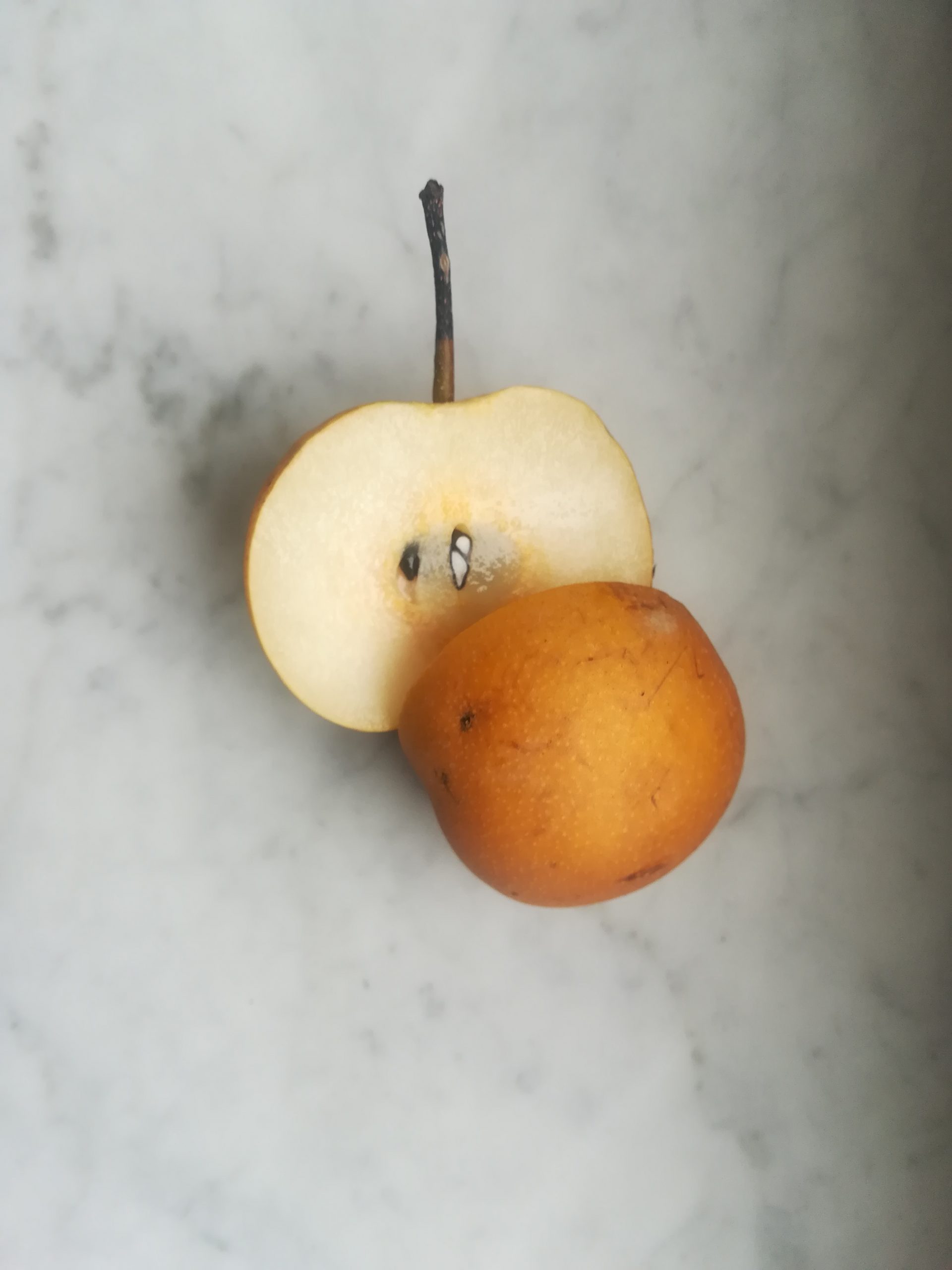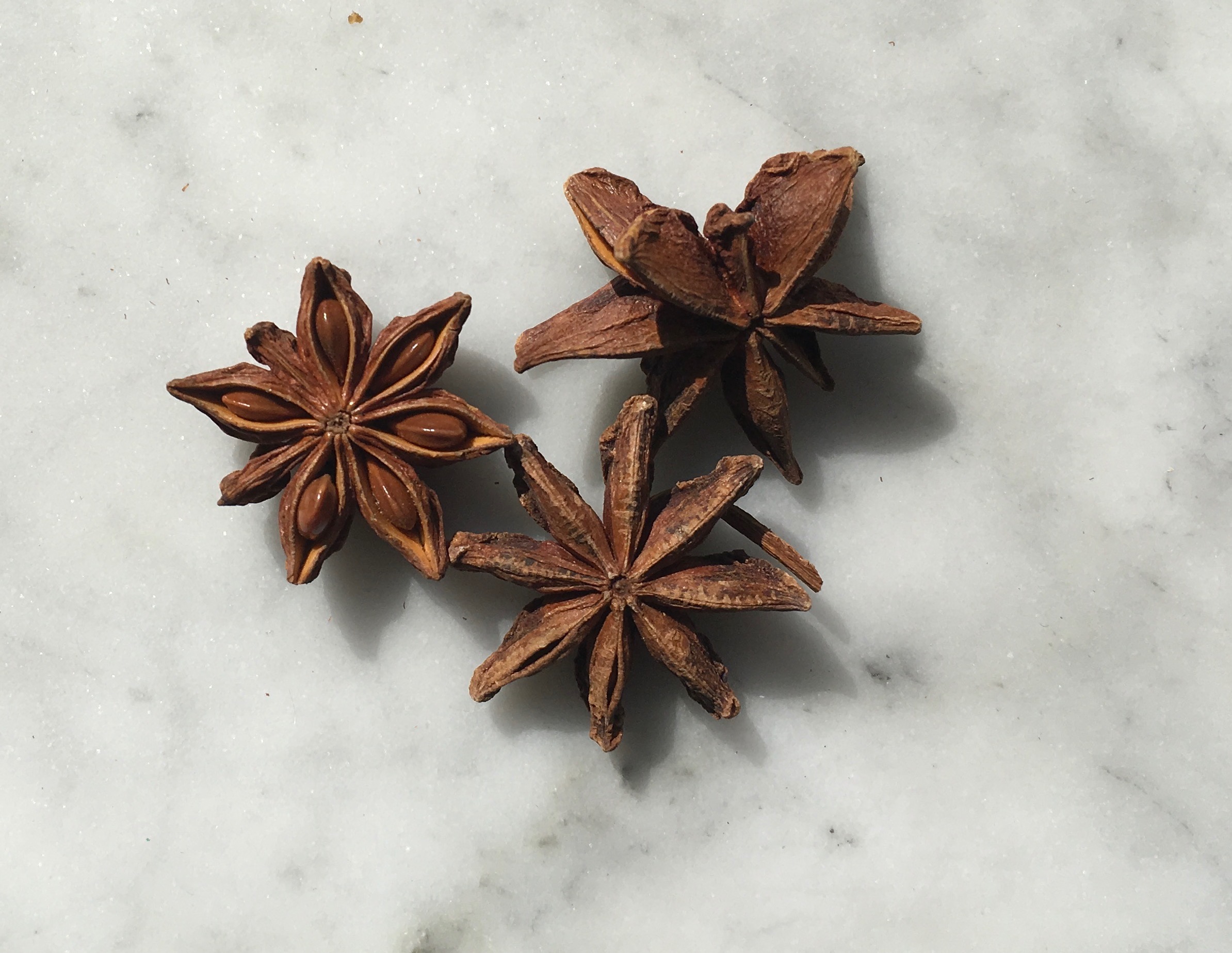All you need to know
to start
your spirit making education
Ok, you are ready to become spirits smart. Tequila or Grappa will soon have no secret for you… Before so, let’s start with the basics i.e. the steps every spirit go through, the steps are as follows
Base material
In order to have a spirit, you need raw ingredients and it can basically be anything : fruit, grains, blue agave, etc….any ingredients ? yes, as soon as they store carbohydrates !
INGREDIENTS CAN BE CHOSEN FOR THEIR INHERENT TASTE
The choice for a base material is determined not only for it stores carbohydrates, but its intrinsic flavor or neutral taste. Spirits like vodka are distilled to a degree where they will not taste of the raw material, while Scotch Single Malt Whisky, Calvados or Cognac are made emphasizing the taste of the raw material.
INGREDIENTS ARE CHOSEN FOR THEY STORE CARBOHYDRATES
The raw materials used in spirits production must be made with ingredients possessing one of three forms of carbohydrates: sugar, starch, or inulin.
The carbohydrates within the base materials have the potential to be transformed into a sugary solution, necessary for the alcoholic fermentation process.
In other words, any material containing carbohydrates can be fermented to become a spirit. That’s not to say they will all taste good.
Centuries of refinement have thinned out the spectrum of suitable base materials.
Still, the range of ingredients available is very broad:
- Fruits and berries (used for the production of eau-de-vie, Kirch, Williams, calvados, etc.)
- Grapes (wine used for the production of Armagnac, Cognac, Pisco, brandy de Jerez and pomace for Grappa and Marc, or Vodka)
- Grain (used for the production of Whiskeys, Bourbon, Vodka or Korn, etc.)
- Sugar cane juice (used for the production of Rhum Agricole, etc.)
- Blue Agave Weber (used for the production of Tequila)
INGREDIENTS CAN BE REQUIRED BY LAW
Some ingredients must be used by law to produce certain spirits.
For example :
- 51% of the ingredients must be corn for Bourbon,
- Only 46 different varieties of apples for Calvados,
- 10 varieties of grapes for Armagnac,
- fresh sugar cane juice to make Rhum Agricole
- Blue Weber agave only if you want to make a Tequila
- Anise seed is mandatory for Pastis, Ouzo, Raki, etc
- Juniper must be prominent if you want a gin
Conversion
The conversion consists of any actions undertaken before fermentation when preparatory steps are necessary to allow fermentation to happen. According to the type of carbs present in the base material, different conversion techniques have been developed along the years.
Conversion is often overlooked because, for most spirits, it is not useful. Indeed, if a plant stores carbohydrates in the form of sugars in its fruit (for example in grapes, apples, pears, etc.) the juice extracted from these fruits is the perfect starting point for a fermentation process. In that case, the base material is directly fermented and the conversion step is not necessary.
However, if the plant stores carbohydrates in the form of starch (such as in grains or potatoes) or inulin (in agave), these have to be made soluble and then converted into sugars, in order to obtain a sugar solution suitable for fermentation.
In that case, the base material needs to be transformed to make it fermentation ready, and the conversion step is necessary.

A good example of a necessary conversion step is what the Blue Weber Agave has to undergo before being ready for fermentation.
The piñas are harvested, get cut and cooked
After the cooking, piñas rest for up to 2 days to cool down
When they cooled down, they are crushed and shredded (=this process is also named grinding)
It is only after grinding that the piñas are ready for fermentation.
Without this process of conversion, the agave could not be fermented.
Another good example is what barley goes through to be fermentation ready
– Germination : barley is first exposed to moisture and heat to initiate the germination. When is has germinated barley is called green malt. Green malt has to be carefully monitored. Once the germination is fully completed, the starch has been transformed into sugar.
– Kilning : after germination comes the step where the fully germinated grains are heated and dried, stopping any further germination and preventing the deterioration of the enzymes.
– Milling : after kilning comes milling : the malted grains are transformed into a coarse flour named grist.
– Mashing : after milling comes mashing. It consists of mixing the grist with hot water, reactivating the enzymes carrying out the final conversion.
– After mashing the end product (now named wort) is ready for fermentation.

Fermentation
Fermentation is the transformation of a sugary solution into alcohol, through the action of yeasts. The yeast actually consumes the sugar and produces carbon dioxide, alcohol and heat as by-products. The choice of yeast can highly influence the resulting spirit.
During the fermentation process, the yeast “eats” the sugar, and in doing so, metabolizes the sugar into ethyl alcohol, carbon dioxide, and energy.
Fermentation is an important step into spirits making, especially for darker spirits as it is during fermentation that flavors compounds a.k.a. congeners come to existence. These flavors will be concentrated by the distillation afterward. Not only does the type of yeasts play an important role but the final spirit is also affected by the length of the fermentation. A long fermentation creates a wider range of different aromas, as it produces more congeners, a short fermentation gives fewer congeners and a lighter-bodied spirit.
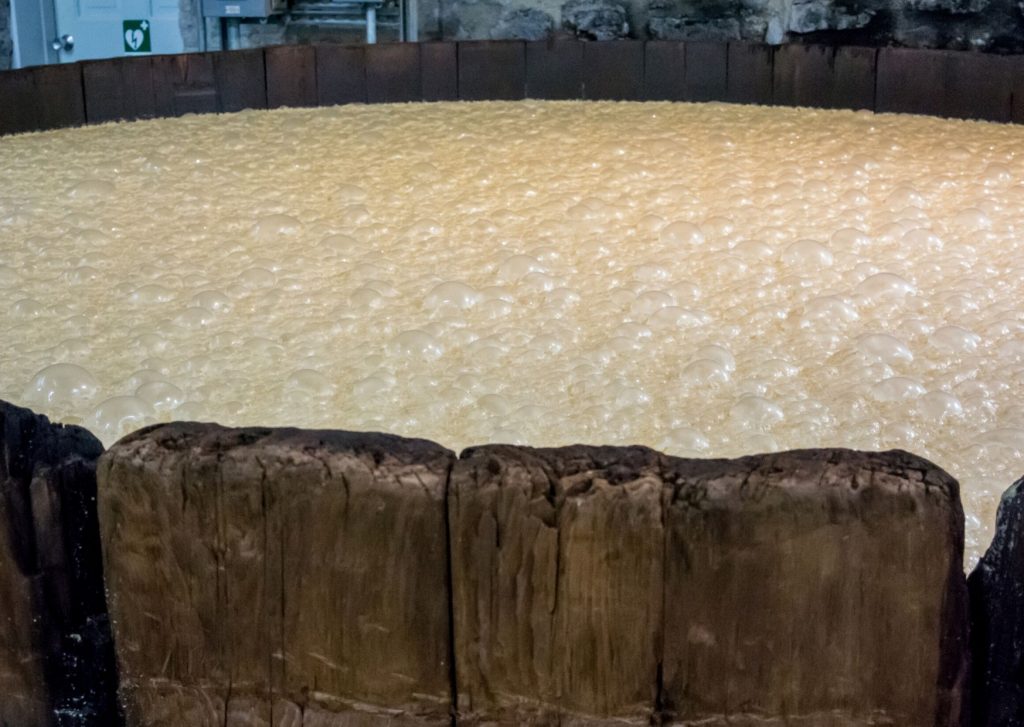
Yeasts can be commercial, in-house, or wild (more about yeasts below). As mentioned above, the yeasts actually feed themselves on the sugar, and, while doing so, produce carbon dioxide, and different types of alcohol. The alcohols produced are ethanol, propanol, butanol, methanol, amyl alcohol, as well as aldehydes, esters, and acids. It is up to the distiller which ones to retain or to discard (some are actually harmful, and others only convey an unpleasant taste), same with the lees. Lees is the name given to the resulting dead cells, once yeasts have consumed the sugar. They are often discarded but one can decide to keep them to give additional flavor to a spirit.
Fermentation ends naturally when the yeast runs out of sugar or produces too much ethanol so that the mixture becomes toxic to itself. It is therefore sometimes desirable to cut the process sooner if you want to keep sugar or want yeast flavors in the final product. This is achieved through temperature control.
Distillation
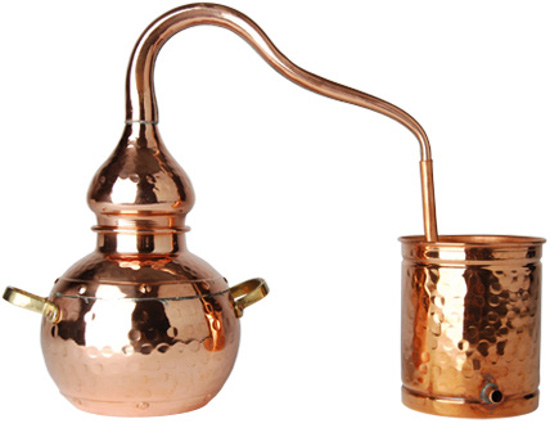
Distillation is about separating alcohol from water. Alcohol boils at a lower temperature than water and therefore when heated, the alcoholic vapours evaporate first and when cooled they condensate back into a liquid with a higher proportion of alcohol. Distillation is often achieved with stills (pot stills and column stills).
In the context of alcoholic beverages, the distillation process starts once the initial fermentation has been obtained.
Distillation is a technique to make alcohol, but also perfume, essential oil, or to purify water. This is a complex process but based on a simple fact: ethanol boils before water. So ethanol will evaporate first in other words. This technique takes advantage of the different boiling points of different liquids that are composing the fermented liquid. Water boils at 100 degrees Celcius whereas ethanol boils at 78 degrees Celcius. They then separate from each other during the heating process. As they evaporate at different times, they are cooled down which forces them to condensate. They both become liquid again, at different times, and this is the moment the distiller seizes to collect them separately. The liquid that is first collected by the distiller will have a higher concentration of ethanol than the initial water/ethanol mixture.
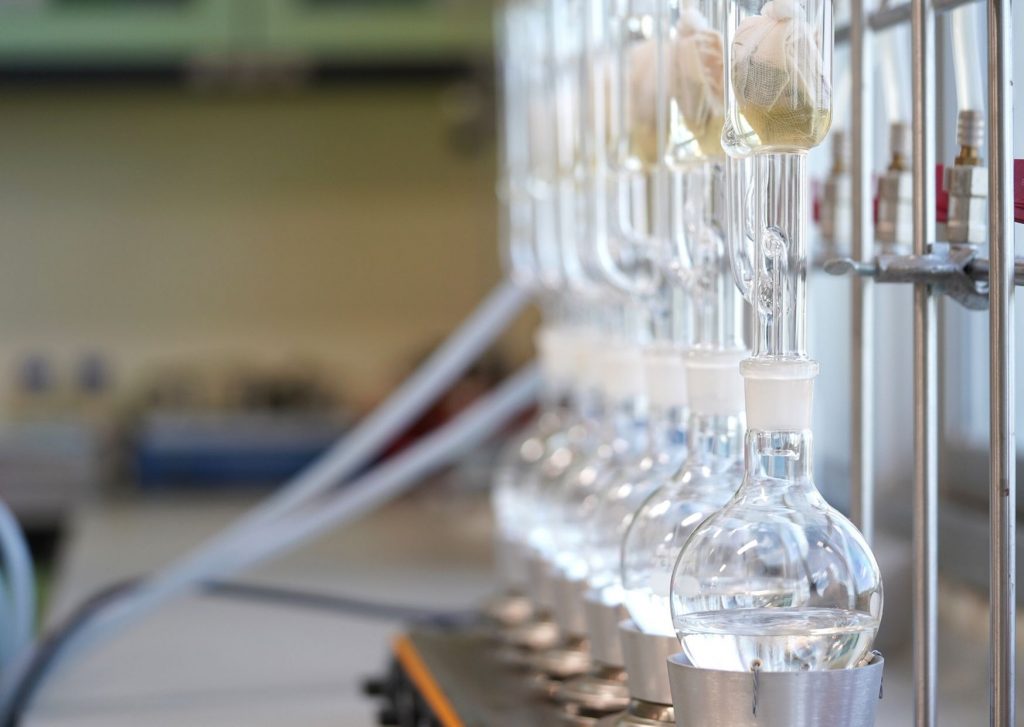
The distillate is usually collected in three moments starting with the foreshots (or the heads), followed by the heart and the tails (or feints). The different parts of the alcoholic liquid are called fractions. Each fraction has a different range of congeners. The heads and the tails are often either discarded or redistilled for they are poisonous as such. Some keep them as cleaning agents. The distiller is separating the heads from the heart at precise cut points, a technique that is learned through experience.
We have mentioned the word congeners on several occasions now. Congeners is the general word for everything that is in the ferment before distillation which is not water or a type of alcohol. They are giving flavors to the spirit or their styles. Some spirits need to be very pure, such as vodka, and most of the congeners will be filtered out, for example.
Depending on the type of spirit, the producer can either use a pot still or a column still to process to distillation, both often made with copper.

